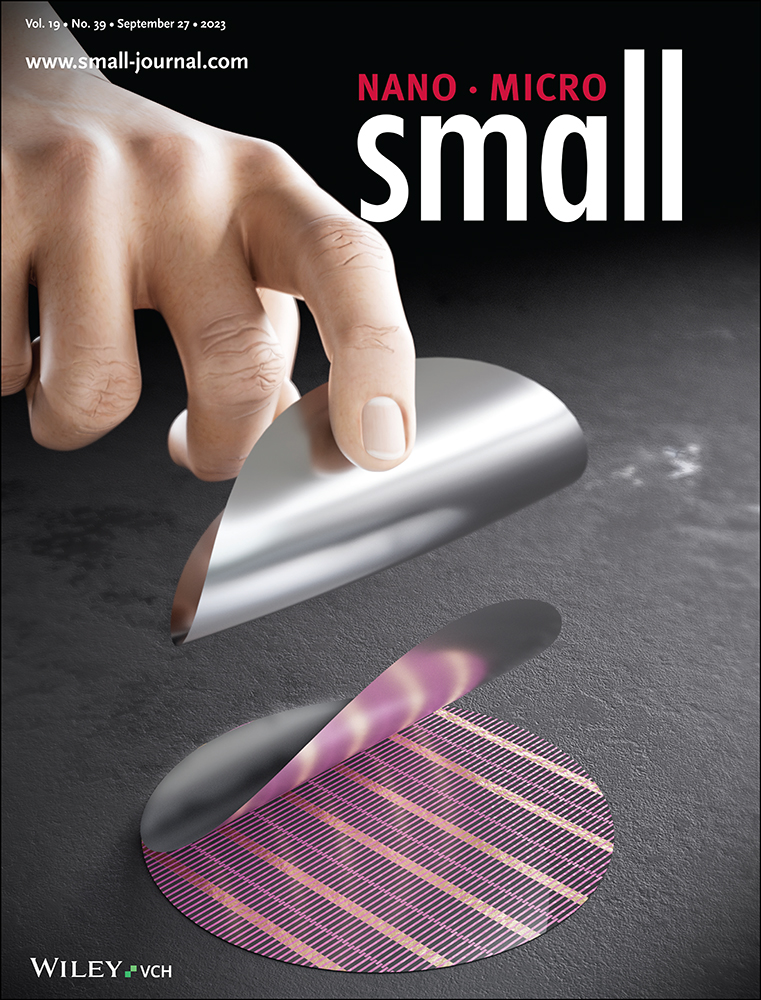All Resistive Pressure–Temperature Bimodal Sensing E-Skin for Object Classification
Abstract
Electronic skin (E-skin) with multimodal sensing ability demonstrates huge prospects in object classification by intelligent robots. However, realizing the object classification capability of E-skin faces severe challenges in multiple types of output signals. Herein, a hierarchical pressure–temperature bimodal sensing E-skin based on all resistive output signals is developed for accurate object classification, which consists of laser-induced graphene/silicone rubber (LIG/SR) pressure sensing layer and NiO temperature sensing layer. The highly conductive LIG is employed as pressure-sensitive material as well as the interdigital electrode. Benefiting from high conductivity of LIG, pressure perception exhibits an excellent sensitivity of −34.15 kPa−1. Meanwhile, a high temperature coefficient of resistance of −3.84%°C−1 is obtained in the range of 24–40 °C. More importantly, based on only electrical resistance as the output signal, the bimodal sensing E-skin with negligible crosstalk can simultaneously achieve pressure and temperature perception. Furthermore, a smart glove based on this E-skin enables classifying various objects with different shapes, sizes, and surface temperatures, which achieves over 92% accuracy under assistance of deep learning. Consequently, the hierarchical pressure–temperature bimodal sensing E-skin demonstrates potential application in human-machine interfaces, intelligent robots, and smart prosthetics.
Conflict of Interest
The authors declare no conflict of interest.
Open Research
Data Availability Statement
The data that support the findings of this study are available in the supplementary material of this article.




